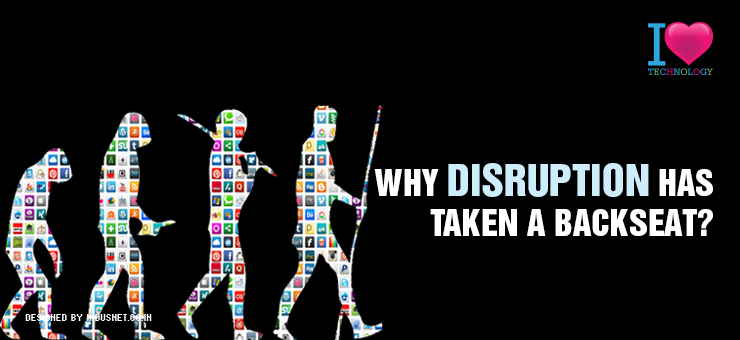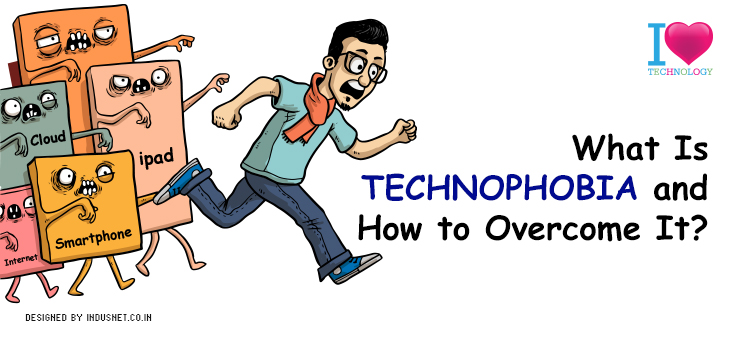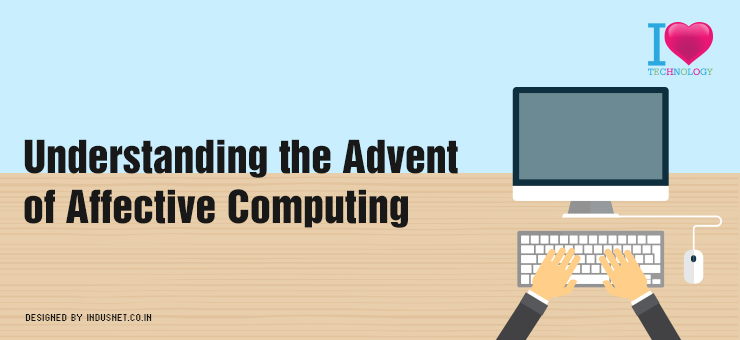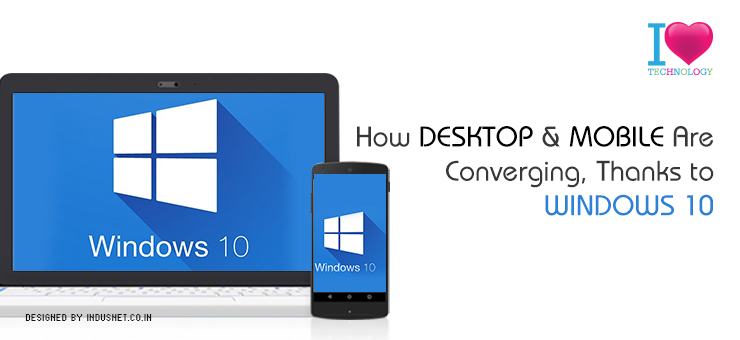
What Does WhatsApp’s Desktop App Mean for Enterprises?
Ever since Facebook purchased WhatsApp, it has become quite clear that this is a tool that will likely be used a lot. WhatsApp Web has been downloaded by millions of people across the world, and most have written positive reviews about it. The recent update also fixes some connection issues which the app previously had. To use WhatsApp Web, you need to have a WhatsApp account on your phone. Once you scan the QR code on your phone, you will be able to download and use WhatsApp Web on your computer. This makes it easy for you to send longer texts, documents, and other kinds of media. WhatsApp may give tough competition to Skype What we really need to understand here is that WhatsApp may soon replace Skype as the go-to-texting service. Skype is old, clunky and is losing its appeal among youngsters. It is still preferred by businesses, especially because of its teleconferencing facilities. However, sooner or later, people will begin to move to WhatsApp simply because it is more intuitive and easier to use than Skype. Let us take a look at how WhatsApp can be used in businesses. Enhance productivity Text messaging can always boost productivity. However, when employees begin to use WhatsApp in between on their cell phones, it is usually a waste of time. However, by making WhatsApp the primary mode of business communication, and by making it easier for employees to use it on their desktops, we can actually enhance productivity. Whether they send personal messages during work won’t be a big issue at all, because they will use the same tool to communicate with staff. Encouraging communication It is always good to encourage communication within an organization. Text messaging enhances that. As WhatsApp is already familiar to most people, it is easier to implement it at an enterprise level. Moreover, there are no additional costs to this. All you need is to ask the employee to start using WhatsApp on their work computer. Security WhatsApp provides end-to-end encryption, which keeps all messages safe. Yes, there is a theory that WhatsApp does not delete all messages permanently. Yet, it is not something that concerns most business operations. On the other hand, it is easier to retrieve messages if they are deleted by mistake. Ease of use Most people are already familiar with WhatsApp. So, it is always easier to move them to a platform that they are familiar with. It also helps that it doesn’t cost anything to use on the desktop. The reason why most people use WhatsApp is because of its ease of use. It is intuitive, user-friendly and always synchronized. Take home message WhatsApp launched its web tool a few months ago, and it is now very popular among users. It helps to share documents, files, and text quickly on a desktop or laptop. This service can easily be integrated at an enterprise level. The benefits are security, ease of use, enhanced communication and increased productivity.








